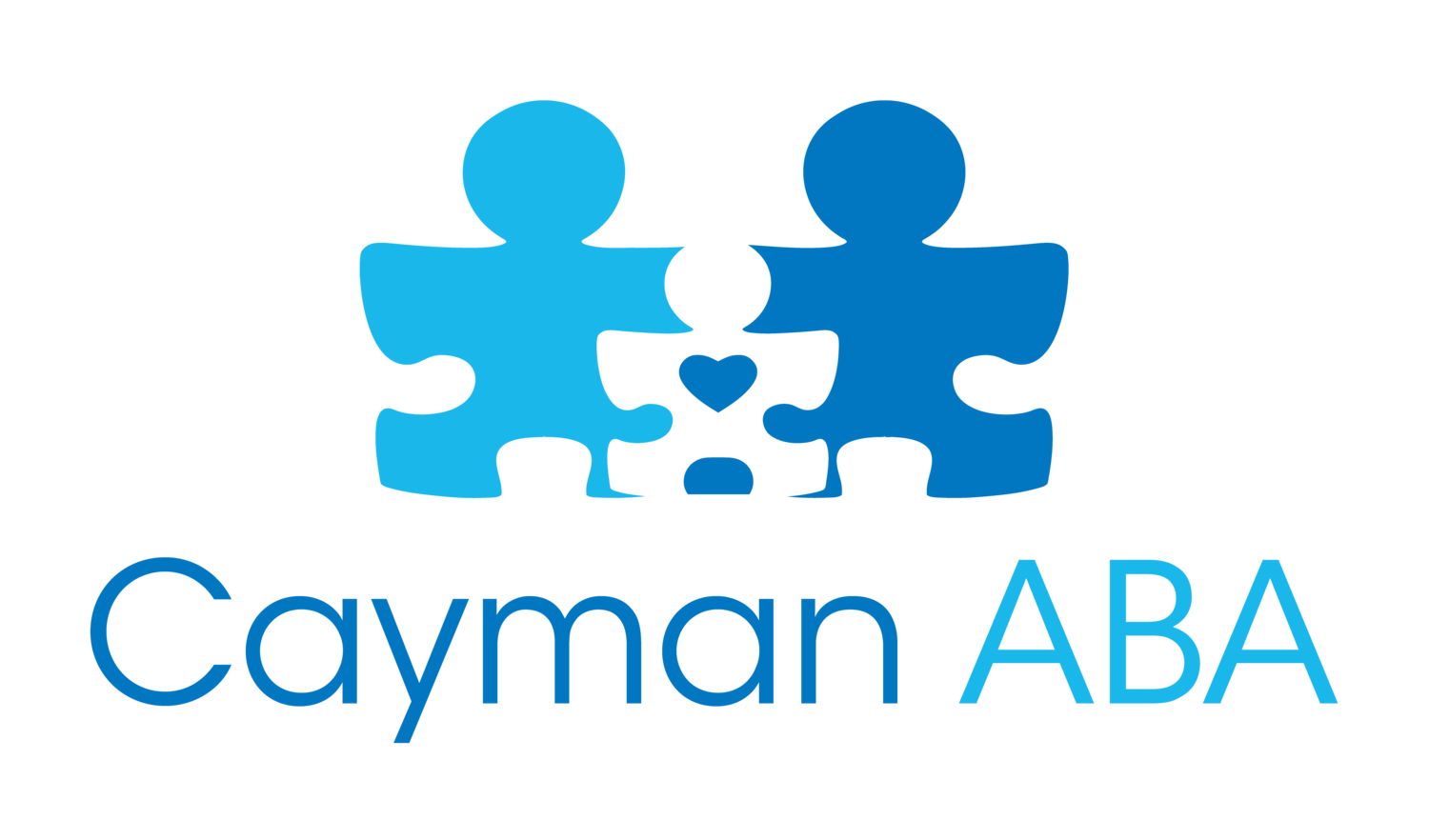Autism Spectrum Disorder, better known as Autism, is a very complex neurodevelopmental disorder that affects cognitive and executive functioning. To find out more about Autism itself, visit this page for a simplified look. Autism has been studied more and more throughout the years, and an interesting area of study has been looking at the difference between boys/males with Autism vs. girls/females. It has been suggested that Autism is diagnosed 4 times more often in males versus females (Autism Speaks, 2020), but, why? Within the research, we have determined how signs and symptoms can look different, along with how males and females may internalize Autism differently. Although there may be some differences between males and females, it is important to remember that Autism presents uniquely in every individual, regardless of sex or gender. This blog will take a look at how different components of Autism have been proposed to differ between gender populations.
Why are boys diagnosed 4X more often than girls?
It has been suggested throughout the literature that Autism is more heavily studied in boys rather than girls. Consequently, there are a few theories as to why females present significantly lower rates of Autism than males. One theory has to do with differing levels of hormones in the body and biological sex differences. This theory ultimately suggests that females with Autism may not be diagnosed as often because they present milder symptoms due to hormone variation (Soloman, Miller, Taylor, Hinshaw & Carter, 2012). Additionally, another theory emphasizes that some girls may in fact be more impaired than boys with Autism. This theory explains that girls may either require a higher genetic or environmental load to be affected, or that males present higher rates of less severe Autism symptoms (Soloman et al., 2012). Both of these theories have been supported through journal articles, however it still remains unclear exactly why males are diagnosed more frequently than females.
How does ASD differ between males and females?
A famous quote from Stephen Shore details, “if you have met one person with Autism, you have met one person with Autism”. This amazing quote outlines how broad the spectrum is, and how every single individual has their own strengths and areas of need. Keeping this quote in mind, we know how unique each child with Autism is, but is it common for Autism to present differently in boys versus girls? Many studies have suggested sex differences for displaying characteristics of Autism, such as boys exhitbiting higher levels of repetitive behaviours and stereotypical play (Soloman et al., 2012). Girls, on the other hand, have been suggested to be at an increased risk for internalizing their symptoms (Soloman et al., 2012), meaning they keep their feelings inside their mind rather than expressing it with behaviours. Unfortunately, there are considerable gaps in the literature that fully determine significant differences between males and females with Autism. This is most definitely a topic for further research, and it will be interesting to see what is to come.
References
Autism Statistics and Facts. (n.d.). Retrieved April 7, 2020, from http://www.autismspeaks.org/autism-statistics
Solomon, M., Miller, M., Taylor, S., Hinshaw, S., & Carter, C. (2012). Autism symptoms and internalizing psychopathology in girls and boys with autism spectrum disorders. Journal of Autism and Developmental Disorders, 42(1), 48–59.

